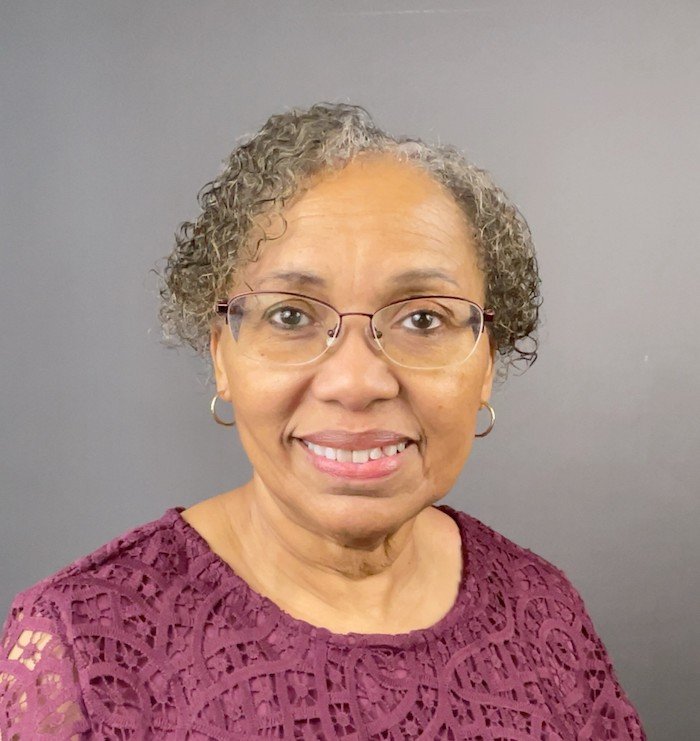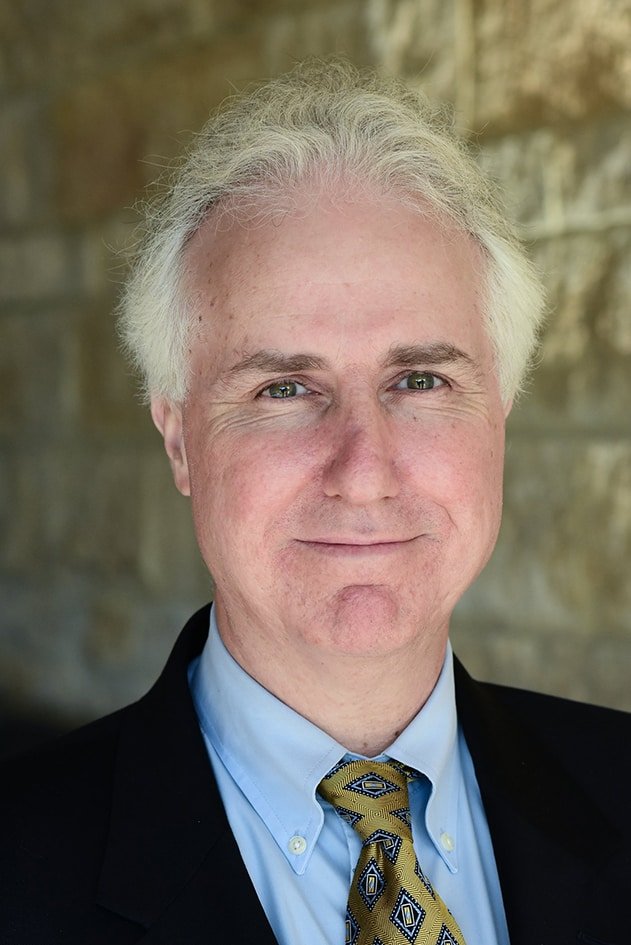Key Takeaways
- September marks National Suicide Prevention Month, a month to remember the lives lost to suicide, which is a leading cause of death among high school students.
- A welcoming school environment plus a conduit for support can help prevent future tragedies.
- Call or text 9-8-8 if you or someone you know needs help.
In fall 2019, a video showed a student walk into a hallway at Parkrose High School, in Portland, Ore., wielding a gun. He planned to kill himself inside the school to avoid his family finding his body. A nearby security guard, however, subdued the student—not by pinning him down but by pulling the student into an embrace. The student melted into the guard’s arms. No one died that day.
Educators play an essential role in keeping students safe.
This is critically important, as suicide is the third leading cause of death among high school students, 14–18 years old, according to the Center for Disease Control and Prevention (CDC). It’s a growing concern among younger students, too.

“I'm in a lower grade setting—PreK–3—but that doesn't mean students don’t experience mental health issues there,” says Sheila Caldwell, a school nurse, in New Jersey. “We see it across the board ... at all grade levels and ages.”
For those ages 5 to 9, suicide is the 10th leading cause of death, according to the CDC.
A caring school environment with support from parents, school staff, and community partners can help prevent such a tragedy.
“It’s a whole-team approach,” Caldwell says, adding that when a student dies by suicide, the entire district is affected. “It’s not an isolated tragedy—all schools become a factor,” especially if there are siblings in other buildings.
BY THE NUMBERS
Since the COVID-19 pandemic, students are experiencing higher levels of anxiety, loss, or grief, which has led to an increase in suicidal thinking and suicide attempts.
Depression also has been linked to suicide the formation of ideas or concepts. , along with attempts and some completions, according to the National Institute of Health. But schools are becoming a place for students to seek help.
Last year, the National Center for Education Statistics (NCES) collected data from 830 K-12 public schools and found that 70 percent reported an increase, since the start of the pandemic, in the percentage of students seeking school-based mental health services.
Additionally, roughly three-quarters (76 percent) of schools reported an increase in staff voicing concerns about their students exhibiting symptoms such as depression, anxiety, and trauma.
During the 2021-22 school year, the most common type of mental health service provided by schools was individual-based intervention, such as one-on-one counseling, at 84 percent of public schools, according to NCES. This was followed by case management (coordinating mental health support) at 70 percent, and external mental health referrals at 66 percent.
SCHOOLS: A PLACE TO IDENTIFY DEPRESSION
Sometimes students need help navigating some of their emotions. They often are uncertain about what they’re feeling or mask them because they think their feelings are so shameful, says Thomas Demaria, a psychologist from the National Center for School Crisis and Bereavement, which specializes in helping schools support grieving students following school crises or deaths involving a member of the school community.
“You don’t have to be a diagnostic expert, but know enough about the warning signs and have a conduit to go to somebody who can evaluate or screen for depression and suicide risk.”
But teachers and support staff can help students “sort out those feelings and get the help they need,” he says.
One way to help is to know the difference between sadness and depression. Here’s how Demaria explains it:
- Sadness is an emotion that everyone experiences. It could be linked to a stressful or upsetting event, and it often goes away when it’s shared with others—it’s temporary.
- Depression lasts and begins to interfere with the way a student performs and engages with others socially. People who work with students see it developing. It just doesn't happen right away. Often, depression has certain earmarks that persist, including negative moods, irritability, restlessness, or lack of energy. Sometimes, the student has unexplained aches and pains or suddenly becomes extremely sensitive to criticism.
It's important to note that “it's not just one symptom,” says Demaria. “It's a cluster of thoughts, feelings and behaviors that begin to affect how a child perceives themselves, others, and their future.” Depression, he adds, can lead to distorted thinking.

“Part of what we think happens with students who decide to die by suicide is that their normal way of thinking becomes confused and distorted,” says Demaria. “This results in their limited view of alternatives, diminished hope for the future, rigid perspectives of difficult situations, feelings of helplessness or not using problem solving. We want to make sure the depression is not causing thinking to become distorted enough to where death might be romanticized or seen as an escape from a difficult situation or a way to receive attention."
WHAT TO LOOK FOR
Two types of changes occur in teens who suffer from depression: Emotional and physical.
The Mayo Clinic describes emotional changes as feelings of sadness, which can include crying spells for no apparent reason; frustration or feelings of anger, even over small matters; feeling hopeless or empty; irritable or annoyed mood; loss of interest in, or conflict with, family and friends; and low self-esteem among others.
Behavioral changes include tiredness and loss of energy; insomnia or sleeping too much; changes in appetite (decreased appetite and weight loss or increased cravings for food and weight gain); use of alcohol or drugs; agitation or restlessness; frequent complaints of unexplained body aches and headaches, which may include frequent visits to the school nurse; social isolation; or poor school performance or frequent absences from school.
These behaviors become more of a pattern in a student who struggles with depression, says Demaria, which is why it’s important for school staff to talk to one another about what they have observed.
“You don’t have to be a diagnostic expert,” he says, “but know enough about the warning signs and have a conduit to go to somebody who can evaluate or screen for depression and suicide risk.”
TALKING ABOUT SUICIDE IS ESSENTIAL
While some school officials, parents, and even other students may be reluctant to talk about suicide, Demaria says, everyone should understand their important role in the prevention of suicide and who they can contact if they have concerns about a student's risk of suicide.
He explains that school staff should talk about a student’s behavior and determine if it’s a pattern that falls within the warning signs of depression. Other students should know these signs too, and they should know to seek help from an adult if they hear their friends speak about suicidal ideations or attempts. Parents should understand the signs as well.
“Parents and schools need to be in a place where they become the source of information for students, not a website or social media, which students will go to if they don't get answers from adults,” says Demaria. "We need to be at the forefront … to [share] the facts about suicide and help [young people] understand their feelings and find the help they may need.”
Learn More







